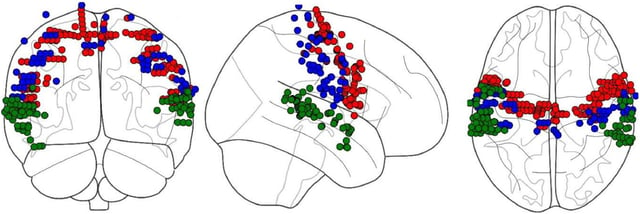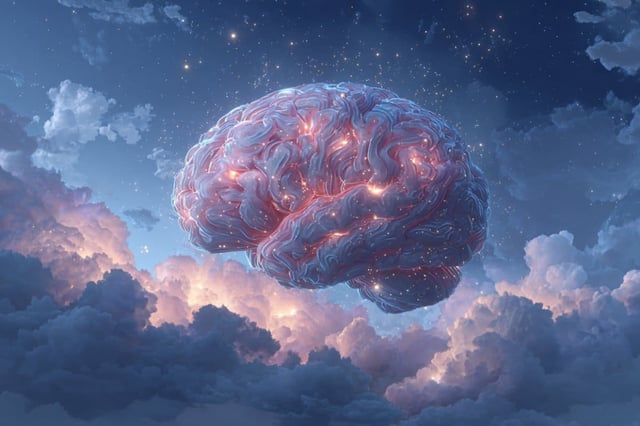Overview
- The study analyzed intracranial EEG data from 55 epilepsy surgery patients to capture direct brain signals during rest and various sleep stages.
- Researchers identified power-law exponents in high-frequency activity that serve as stable electrical fingerprints for distinct cortical parcels.
- Novel algorithms refine century-old Brodmann maps by classifying brain regions solely on their intrinsic neurodynamics.
- Comparing healthy sleep-state signatures with patient data could enable earlier detection of sleep disorders and neurodegenerative processes.
- Future work will explore digital twins of cortical areas to simulate treatment responses and support personalized neurological therapies.


